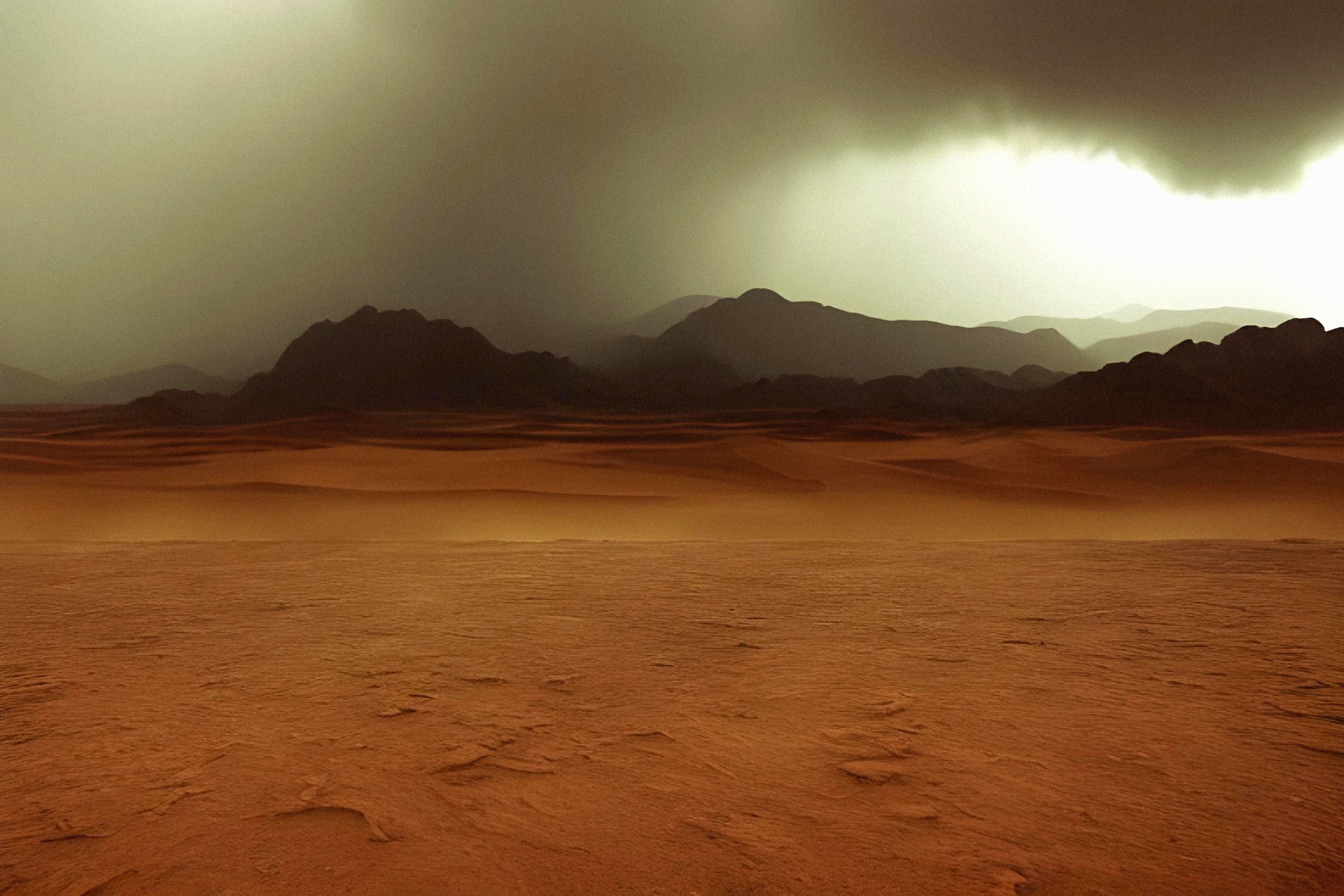Climate

The planet of Torei is known for its harsh and varied weather conditions, which are often shaped by the unique characteristics of the planet's climate and geography. The habitable part of Torei covers a fairly narrow band around the planet's equator, which is why the nations on Torei are called "ringdoms".
The weather patterns on Torei are heavily influenced by the planet's proximity to a hypervelocity star. This unique feature affects the planet's orbit and rotation, creating complex and unpredictable weather patterns. Torei is also subject to frequent solar flares and coronal mass ejections, which can cause significant disruptions to weather patterns and atmospheric conditions.
Seasons
Torei experiences two distinct seasons - the rainy season and the dry season. These seasons are defined by their respective weather patterns, which can have a significant impact on life and activities on the planet.
During the rainy season, which lasts for several months each year, Torei experiences frequent storms and rainfall. The storms can be intense and powerful, with high winds and lightning strikes being common. The rainfall can also create a variety of different water features on the planet, including waterfalls, streams, and rivers.
The dry season, on the other hand, is defined by a lack of precipitation and a higher risk of dust storms and droughts. The lack of water during this season can create challenging conditions for those living on the planet, particularly in rural and agricultural areas.
Climate zones
Torei, being a planet in the process of terraforming, has a range of climates and conditions across its surface. The equatorial belt is the most habitable area, with a humid and tropical climate that is characterized by warm temperatures and frequent rainfall during the rainy season.
Moving towards the middle of the planet, the climate becomes more moderate in the temperate zone. This area experiences milder temperatures than the equatorial belt, but the weather is still harsh and unpredictable. Occasional rainfall is common, but long periods of drought are also a possibility. Despite the name, the temperate zone is not easily habitable and is often the site of intense and ongoing terraforming efforts.
At the farthest reaches of Torei are the polar regions, which are the most inhospitable areas on the planet. Temperatures in these areas can drop to well below freezing, and snow and ice are common. The terrain is rugged and harsh, with few resources and little life.
Influence
The unique climate on Torei has influenced the architecture of the planet, with buildings designed to withstand the extreme weather conditions. Many buildings are designed with thick walls and roofs that provide insulation from the heat and cold, while also protecting against the intense winds and rain.
In addition, many buildings are equipped with advanced climate control systems that allow residents to adjust the temperature and humidity inside their homes. These systems use a combination of advanced technology and Torean biotech to create a comfortable living environment in even the harshest conditions.
In the urbanized areas near the space elevator, Torean buildings often have air filtration systems that protect against dust storms and other airborne particles. Buildings in the rural areas tend to be more open and airy, allowing for natural ventilation and airflow.
Torean clothing also has adapted to the planet's unique climate. Most Torean clothing is made of a thin yet durable layer of stretchy material known as laminate, which is able to keep the wearer warm in cold and rainy weather, while also providing breathability in hot and dry weather.
For those venturing out into the harsh regions outside of the ringdoms, survival suits are essential. These suits are designed for survival in the most extreme conditions and usually come equipped with a helmet and high-tech add-ons such as air and waste filtration. They are often used by those working in the terraforming project or those exploring the badlands.